Introduction:
PHP, born in the mid-1990s, has undergone a remarkable evolution to become one of the most widely used server-side scripting languages on the web today. Its journey has been marked by constant improvements, community contributions, and adaptation to changing web development trends. In this blog post, we delve into the “Evolution of PHP,” exploring its transformative phases and key milestones.
Overview About the Guide:
This guide serves as a historical roadmap, highlighting the major turning points in PHP’s development. From its humble beginnings as a set of Common Gateway Interface (CGI) binaries to a dynamic, feature-rich language, this guide aims to provide a comprehensive understanding of PHP’s evolution. Whether you’re a seasoned PHP developer or a newcomer curious about the language’s history, this guide has something for everyone.
The Content of the Guide:
- Birth of PHP:
- Rasmus Lerdorf’s creation of PHP/FI
- PHP 2.0: The first official release
- Transition to a module in the Apache web server
- PHP 3 and the Zend Engine:
- Introduction of the Zend Engine for PHP 3
- Enhanced object-oriented programming support
- Growing popularity and adoption
- PHP 4: A Major Milestone:
- Performance improvements with the Zend Engine 1.0
- Introduction of Zend Studio and PHP-GTK
- Widespread use in dynamic web development
- PHP 5: Embracing Object-Oriented Paradigms:
- Significantly improved object-oriented programming capabilities
- Introduction of SimpleXML, SOAP extension, and PDO
- Solidifying PHP’s position in enterprise-level applications
- PHP 7: The Quantum Leap:
- Introduction of the PHP 7 engine
- Significant performance improvements
- Scalar type declarations and return type declarations
- Enhanced error handling with the introduction of the Throwable interface
- PHP 8: Modernization and Features Galore:
- JIT (Just-In-Time) compilation for improved performance
- Union Types and Named Arguments
- Attributes for metadata in code
- Stricter type system and improvements in error handling
Why This Guide:
- Historical Context:
- Understanding the evolution of PHP provides valuable insights into its current state and the rationale behind certain design choices.
- Developer Perspective:
- Developers, both new and experienced, can gain a deeper appreciation for the features and capabilities introduced in each version of PHP.
- Adaptation to Industry Trends:
- PHP’s evolution reflects its adaptability to emerging web development trends, ensuring its continued relevance in the rapidly changing tech landscape.
- Informed Decision-Making:
- Knowledge of PHP’s evolution empowers developers to make informed decisions about the versions they choose for their projects.
Conclusion:
The journey of PHP from its inception to the latest PHP 8 version is a testament to the language’s resilience and responsiveness to the evolving needs of the web development community. As PHP continues to mature, it remains a powerful tool for building dynamic and robust web applications.
Download the Guide:
Download the Evolution of PHP Guide
Embark on a journey through the evolution of PHP by downloading the guide now. Gain valuable insights into the language’s history and development, empowering yourself to make informed decisions in your web development endeavors. Happy exploring!
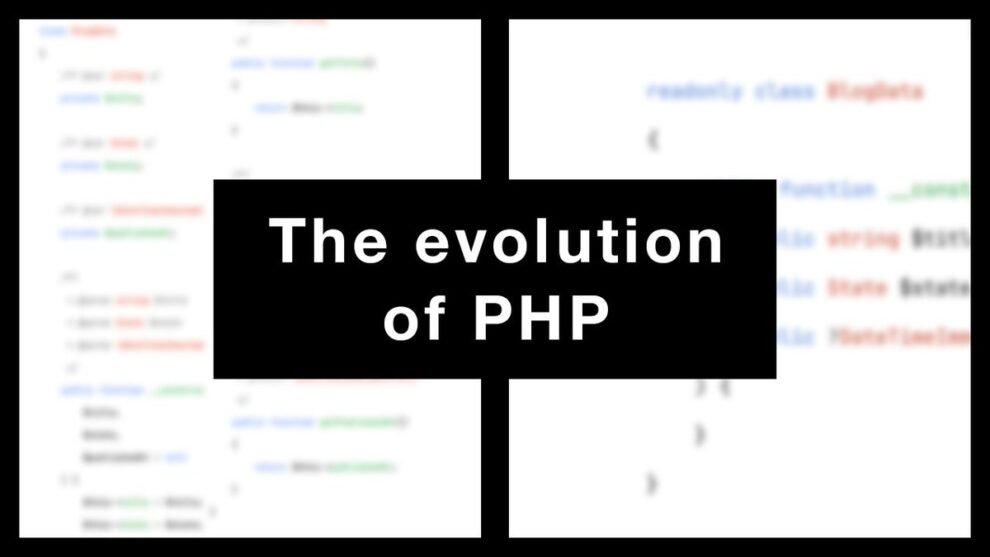
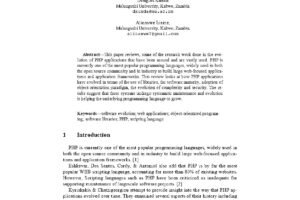
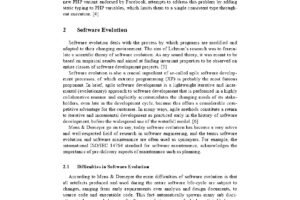
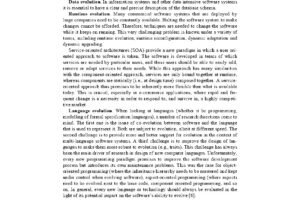
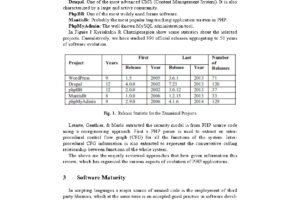
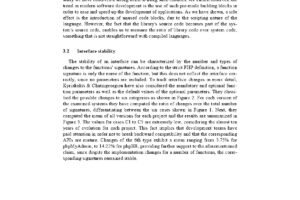
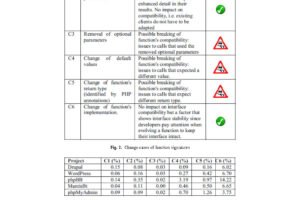
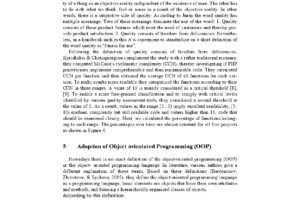
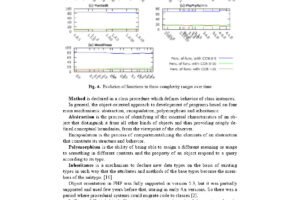
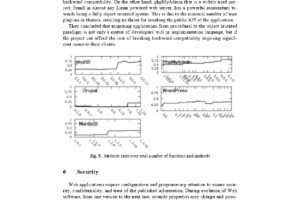
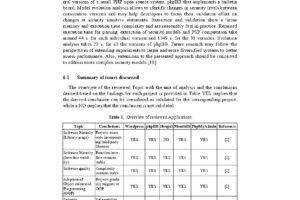
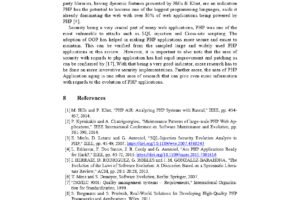












Add Comment